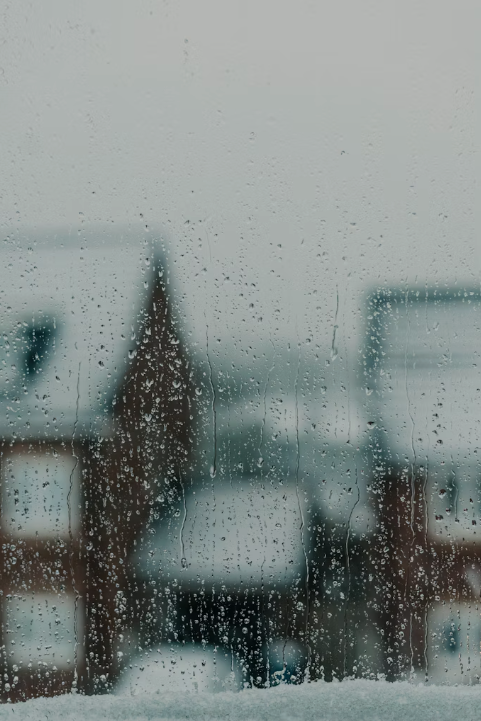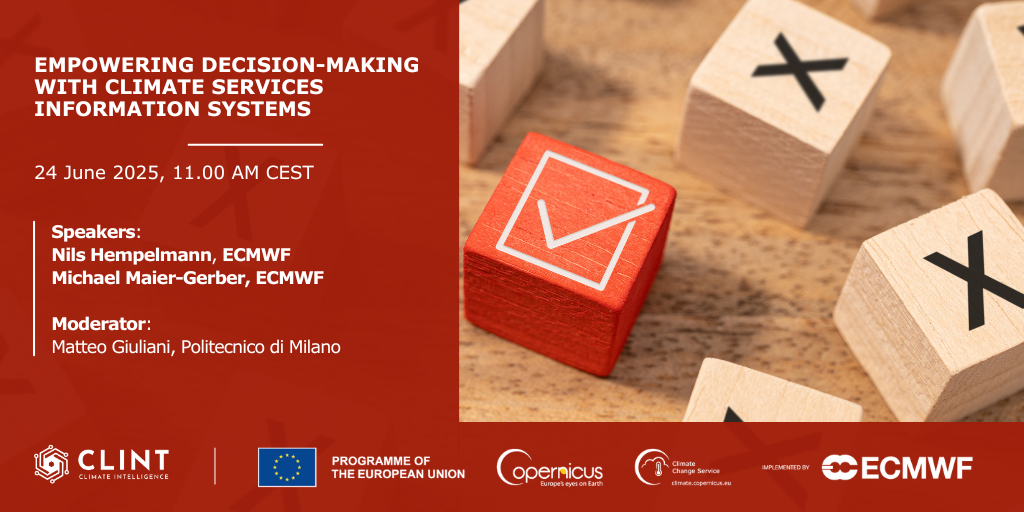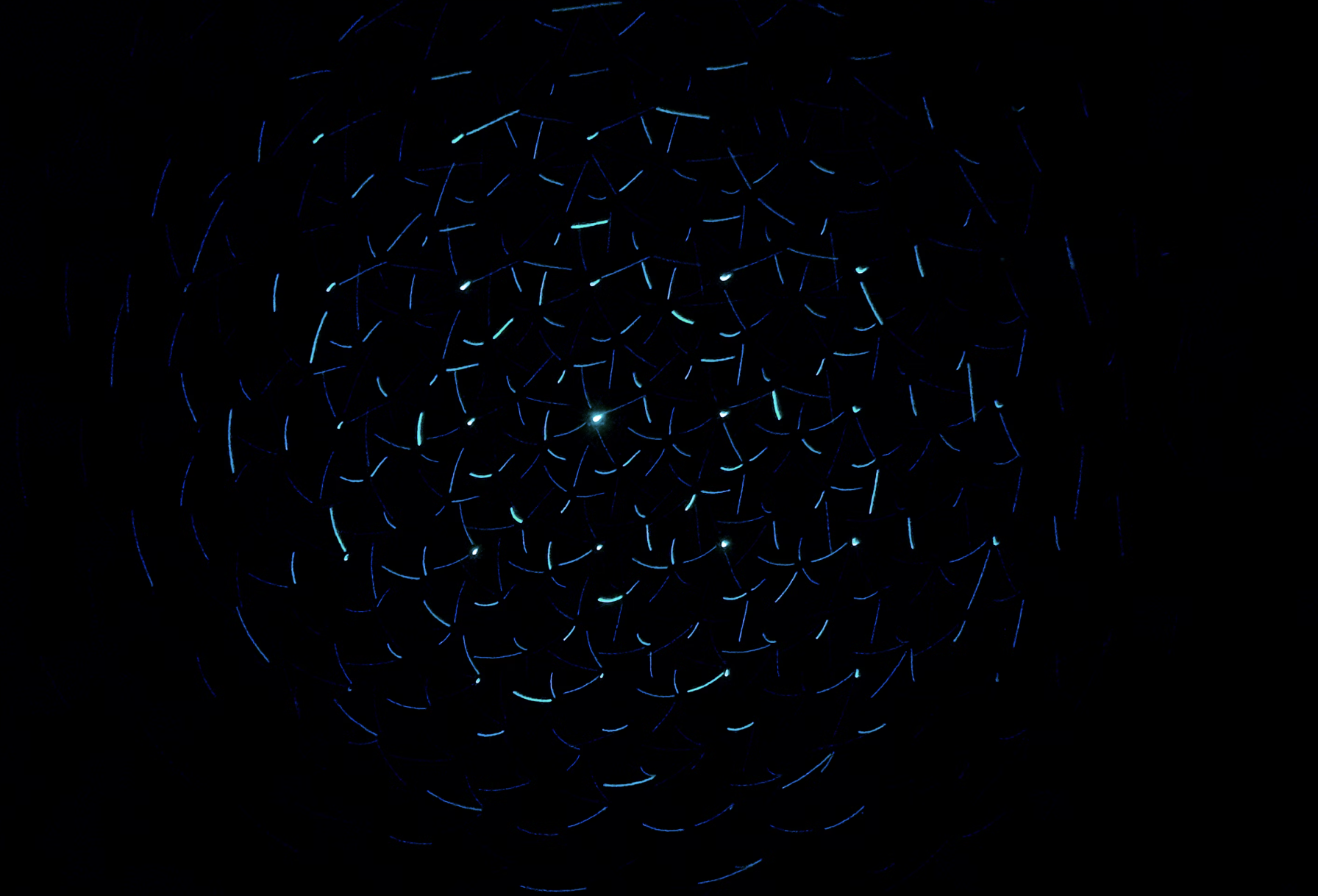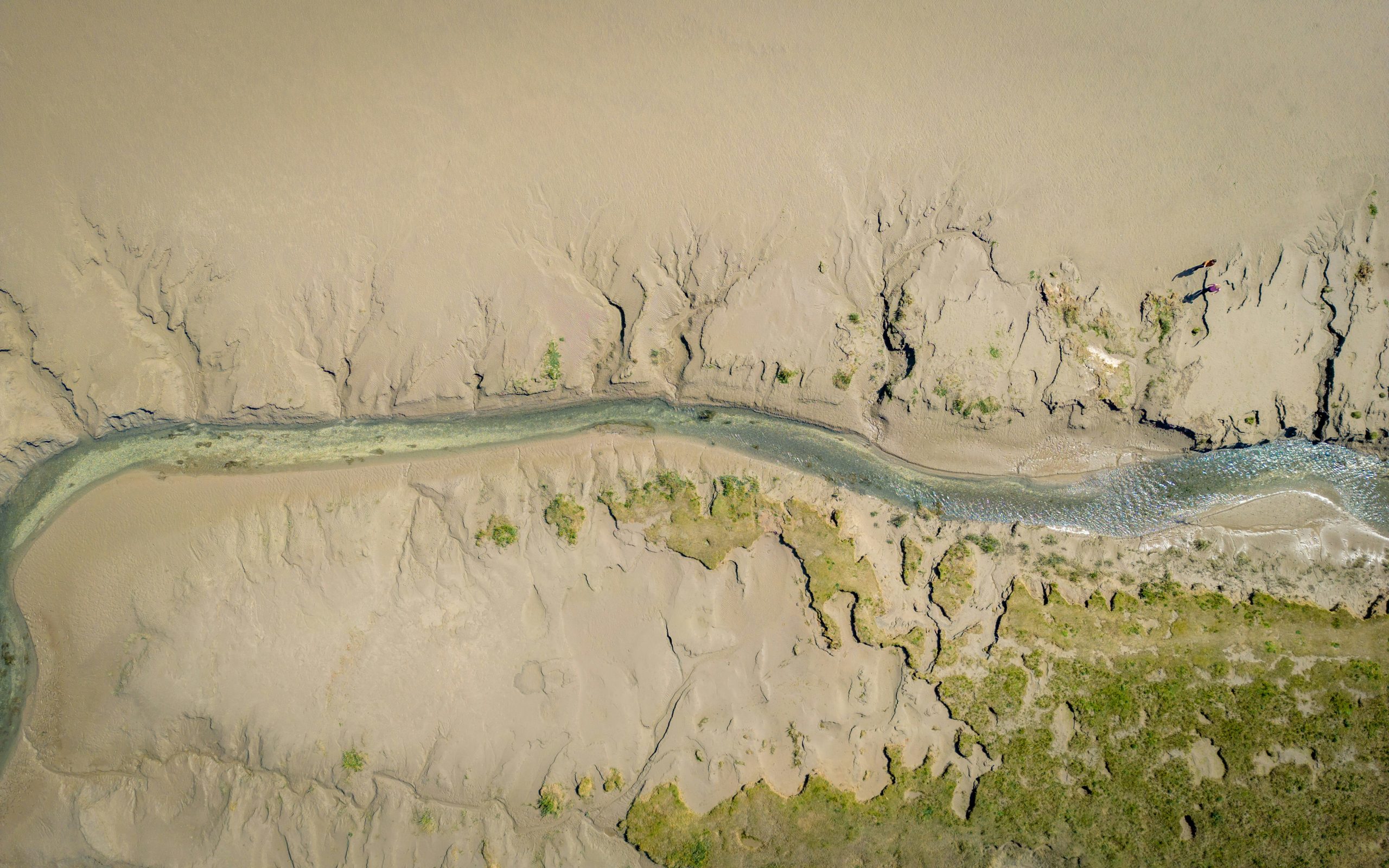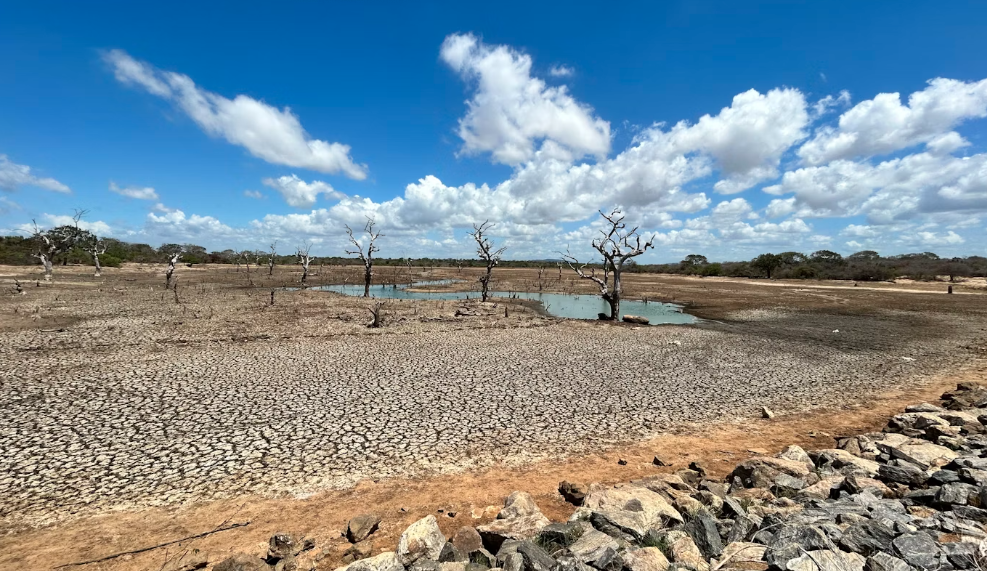When a devastating heatwave, flood, or hurricane strikes, the question inevitably arises: was this caused by climate change? For decades, climate scientists hesitated to answer. The atmosphere is chaotic; extreme events have multiple causes. The best they could offer was probabilities—climate change makes some extremes more likely. But for communities that lived through record-breaking disasters, that answer often feels unsatisfying. People want to know: what role did human-driven warming play in this specific event that upended our lives?
A new perspective paper by Frauke Feser and Theodore Shepherd, published in Communications Earth & Environment (2025), introduces an emerging method with a remarkable name: spectrally nudged storylines. This approach doesn’t just deal in probabilities. It rewinds the clock on real-world disasters and reruns them under different climate conditions to ask—what if the world had been cooler, or warmer, when this event struck?
Traditionally, extreme event attribution compares our actual climate (the “factual world”) with a counterfactual world without human influence. For example: “Climate change made this heatwave three times more likely.” This probabilistic attribution has been a huge step forward, but it faces two key limitations:
- Events are reduced to statistics. Scientists lump one heatwave into a class of “similar events,” even though local details matter enormously—whether crops fail, power grids collapse, or lives are lost often depends on specifics.
- Uncertainty in dynamics. Climate models can capture thermodynamic changes (like warmer air holding more moisture) better than dynamical ones (like shifting jet streams). That leaves grey areas in event attribution.
Enter storylines. Instead of focusing on probabilities, storylines anchor analysis to specific, historic events. They ask conditional “what if” questions: What if the 2022 European heatwave had struck in a pre-industrial world? What if it happened in a world two degrees warmer than today? Storylines don’t generalize; they personalize. And that makes them powerful. But there’s a challenge. Climate models, left to their own devices, tend to wander off because of the butterfly effect—small changes in initial conditions cause wildly different weather outcomes. That makes it nearly impossible to replay a past disaster in detail. The solution? Spectral nudging.
In simple terms, spectral nudging keeps a model “on track” by gently steering large-scale atmospheric patterns to match observations. It’s like giving the climate model a compass: while it can generate local details freely, it always orients toward the actual large-scale flow that drove the event. Combine this with storylines, and you get spectrally nudged storylines—a way to re-simulate real disasters in different climate states, without losing the specific sequence of events. In one application, researchers replayed the record-breaking 2022 European heatwave. Using spectrally nudged storylines, they showed that anthropogenic climate change increased the heatwave’s intensity by an average of 1.25°C, and locally by as much as 5.7°C. That’s not an abstract probability. It’s a clear, concrete number, tied to an event still fresh in people’s memory. For policymakers and the public, such attribution is far more tangible than hearing that the “risk was tripled.”
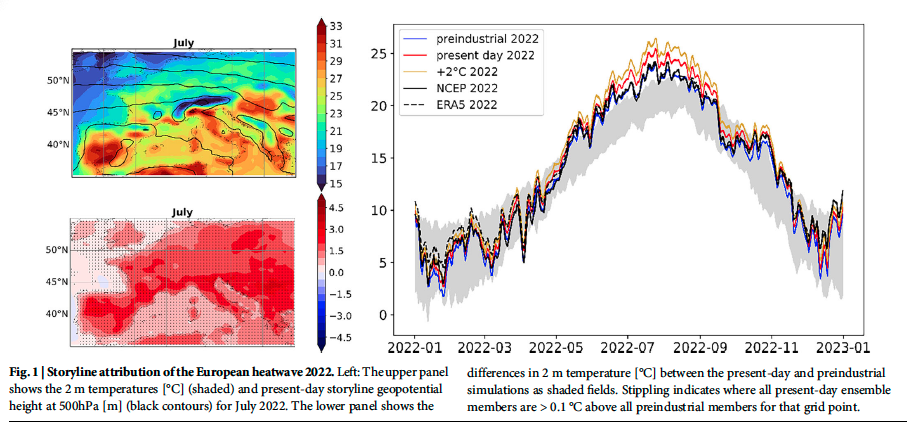
Spectrally nudged storylines represent a philosophical shift in climate science. They embrace the fact that people don’t experience probabilities—they experience events. And when those events devastate lives, what matters is not an abstract change in likelihood, but the tangible role of human-driven warming in making them worse.By anchoring attribution in the lived memory of disasters, this approach offers both sharper science and stronger storytelling. It brings climate change out of statistical abstraction and into the narratives that shape communities and policy. As the climate crisis deepens, we’ll need every tool to make the invisible visible, the abstract concrete, and the distant immediate. Spectrally nudged storylines may be just the compass we need.
Read this article
Feser, F., Shepherd, T.G. The concept of spectrally nudged storylines for extreme event attribution. Commun Earth Environ 6, 677 (2025). https://doi.org/10.1038/s43247-025-02659-6
